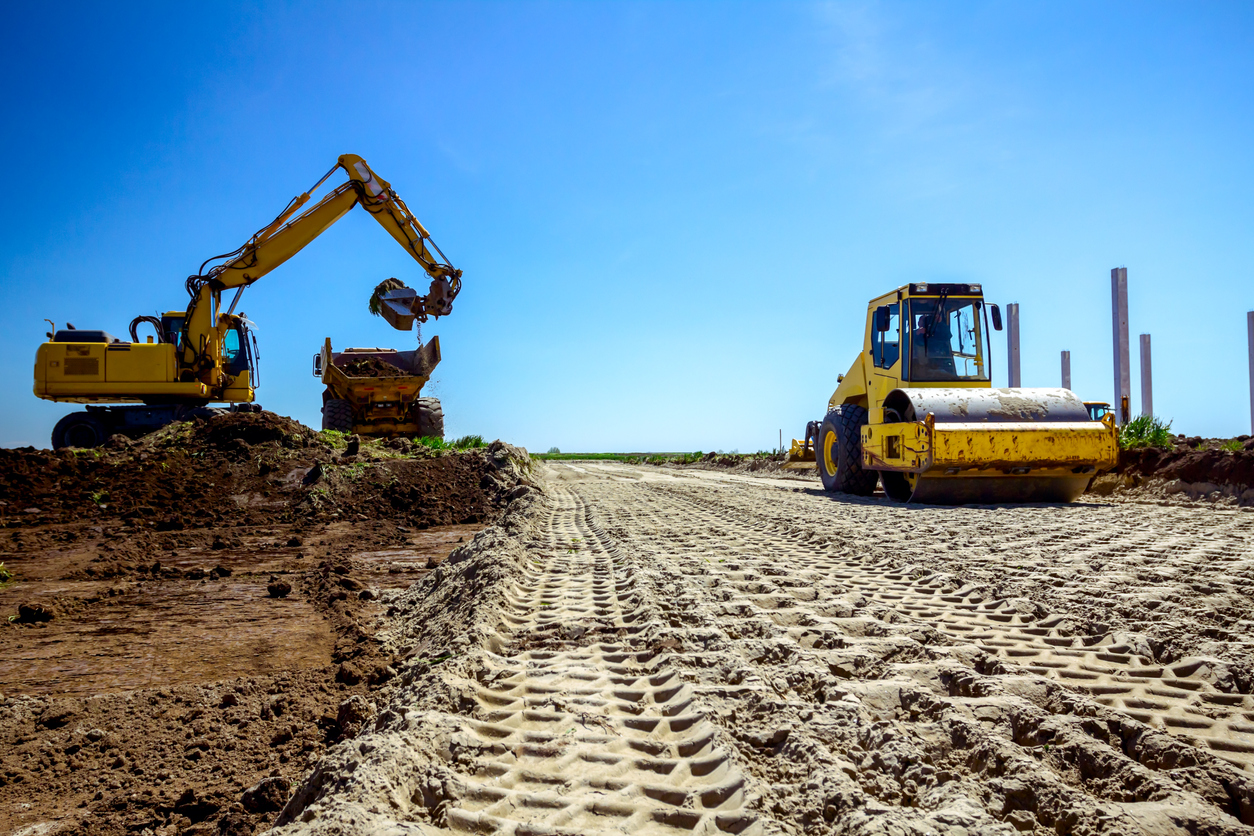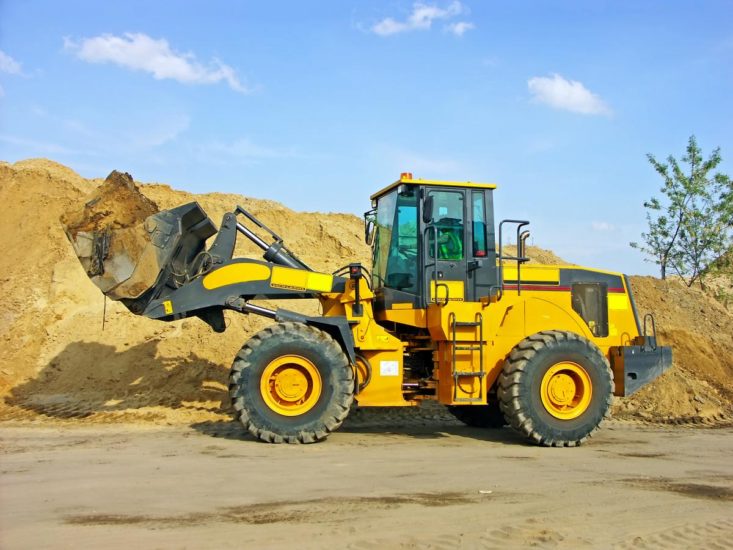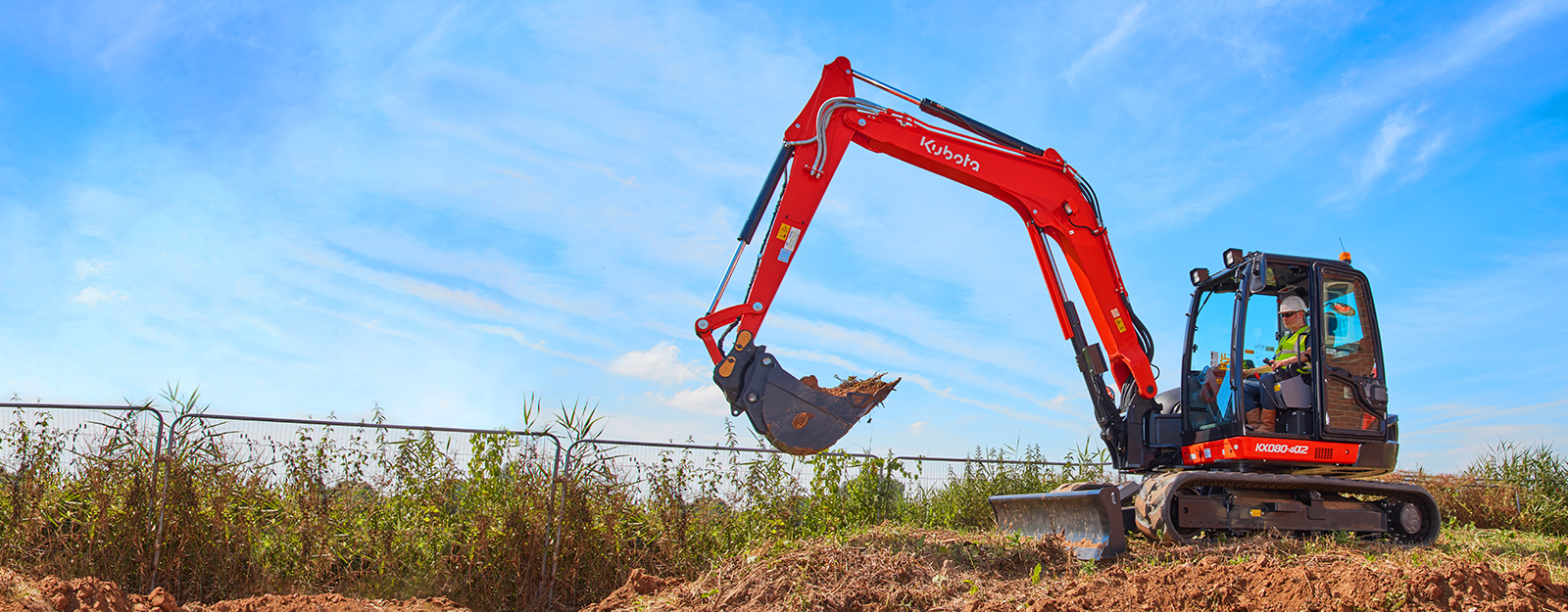Renting Out Vs. Buying Building And Construction Equipment: Making the Right Selection for Your Job
When embarking on a construction task, one of the crucial choices that project managers and stakeholders face is whether to rent out or get building devices. The choice hinges on various elements such as cost considerations, task duration, devices maintenance, danger, scalability, and versatility management.
Expense Considerations
When assessing the economic aspect of renting versus getting building and construction devices, the lasting costs and in advance expenses must be meticulously considered. Renting equipment usually calls for reduced initial payments compared to buying, making it an attractive alternative for temporary projects or specialists with budget restraints. Renting out removes the demand for big resources outlays and minimizes the financial risk related to tools possession, such as maintenance and devaluation expenses. However, in the future, continuously leasing devices can build up higher expenses than acquiring, specifically for extensive tasks.
On the other hand, acquiring construction tools entails greater in advance prices yet can result in long-lasting financial savings, especially for regular customers or long-lasting jobs. Possessing devices gives adaptability, convenience, and the possibility for resale worth once the project is completed. In addition, owning devices permits customization and familiarity with details machinery, potentially boosting effectiveness and efficiency on-site. Ultimately, the decision between renting out and acquiring construction equipment depends upon the project's period, frequency of use, spending plan considerations, and long-lasting monetary objectives.
Job Period

Alternatively, for lasting jobs or recurring construction job, getting devices could be the more cost-effective alternative. Getting equipment can lead to cost savings in the long run, specifically if the equipment will be frequently utilized. Furthermore, owning equipment provides a sense of control over its accessibility and enables customization to fit specific project requirements.

Devices Upkeep
Given the critical duty job duration plays in establishing the most affordable method between buying and renting out construction tools, the emphasis currently moves towards checking out the necessary facet of devices maintenance. On the other hand, owning tools requires a proactive strategy to maintenance to protect against failures, ensure security, and expand the equipment's life expectancy. Eventually, a well-maintained construction devices fleet, whether rented out read what he said or had, is crucial for the efficient and successful conclusion of building projects.
Flexibility and Scalability
In the realm of construction tools monitoring, the aspect of adaptability and scalability holds substantial significance for job effectiveness and resource utilization. Opting to rent construction tools supplies a high level of versatility as it permits for the quick change of tools kinds and quantities based on the advancing needs of a job.
Renting out construction devices provides the benefit of easily scaling operations up or down as job demands fluctuate. Professionals can rapidly add or exchange tools to match the task's changing requirements without the constraints of owning properties that may become underutilized or out-of-date.
Danger Administration
Reliable risk monitoring in building and construction tools operations is extremely important to making sure project success and mitigating possible financial losses. Building jobs inherently entail various risks, such as equipment breakdowns, mishaps, and job hold-ups, which can substantially affect the project timeline and budget. By meticulously taking into consideration the risks associated with owning or renting out building tools, job managers can make informed choices to lessen these possible hazards.
Renting out building and construction equipment can supply a level of risk mitigation by transferring the duty of repair and maintenance to the rental company. This can decrease the financial concern on the task proprietor in instance of unforeseen equipment failings (construction equipment rentals). In addition, renting provides the adaptability to accessibility customized equipment for details task phases, lowering the risk of possessing underutilized machinery
On the other hand, owning construction devices provides a feeling of control over its usage and upkeep. However, this likewise implies birthing the complete obligation for repair services, upkeep over here expenses, and depreciation, raising the financial risks related to equipment ownership. Careful threat assessment and consideration of aspects such as task period, devices usage, and maintenance demands are important in identifying one of the most ideal choice for reliable threat management in building tasks.
Verdict
To conclude, when choosing between buying and renting construction equipment, it is necessary to think about expense, project period, devices maintenance, danger, scalability, and adaptability monitoring. Each variable plays a critical role in figuring out the most appropriate option for the project available. By carefully reviewing these aspects, project supervisors can make an informed decision that straightens with their budget plan, timeline, and total project objectives.
